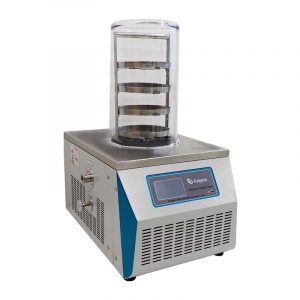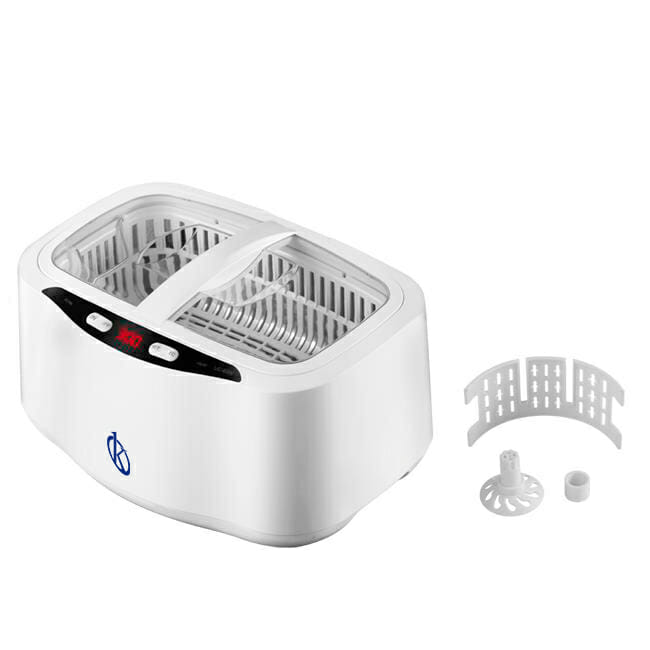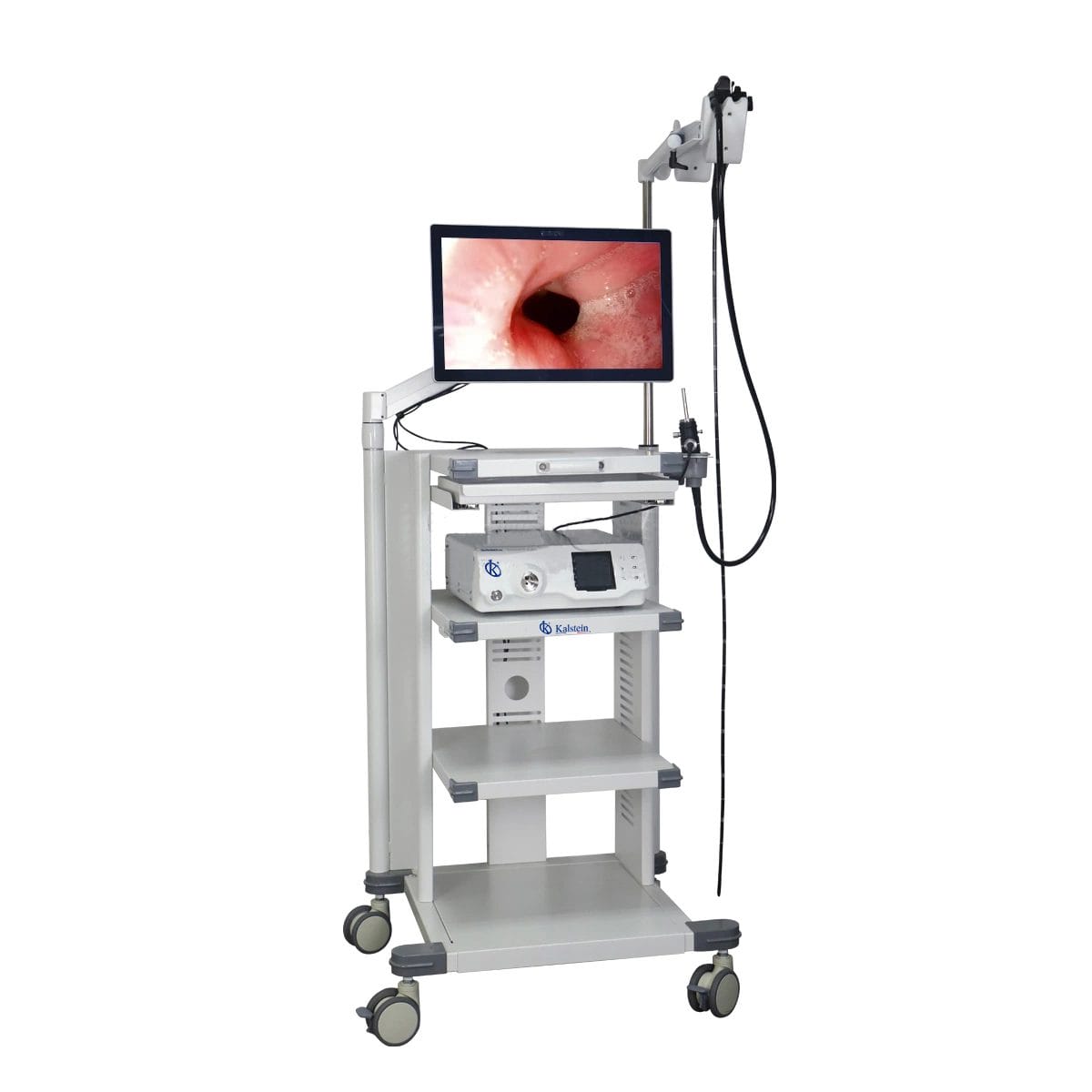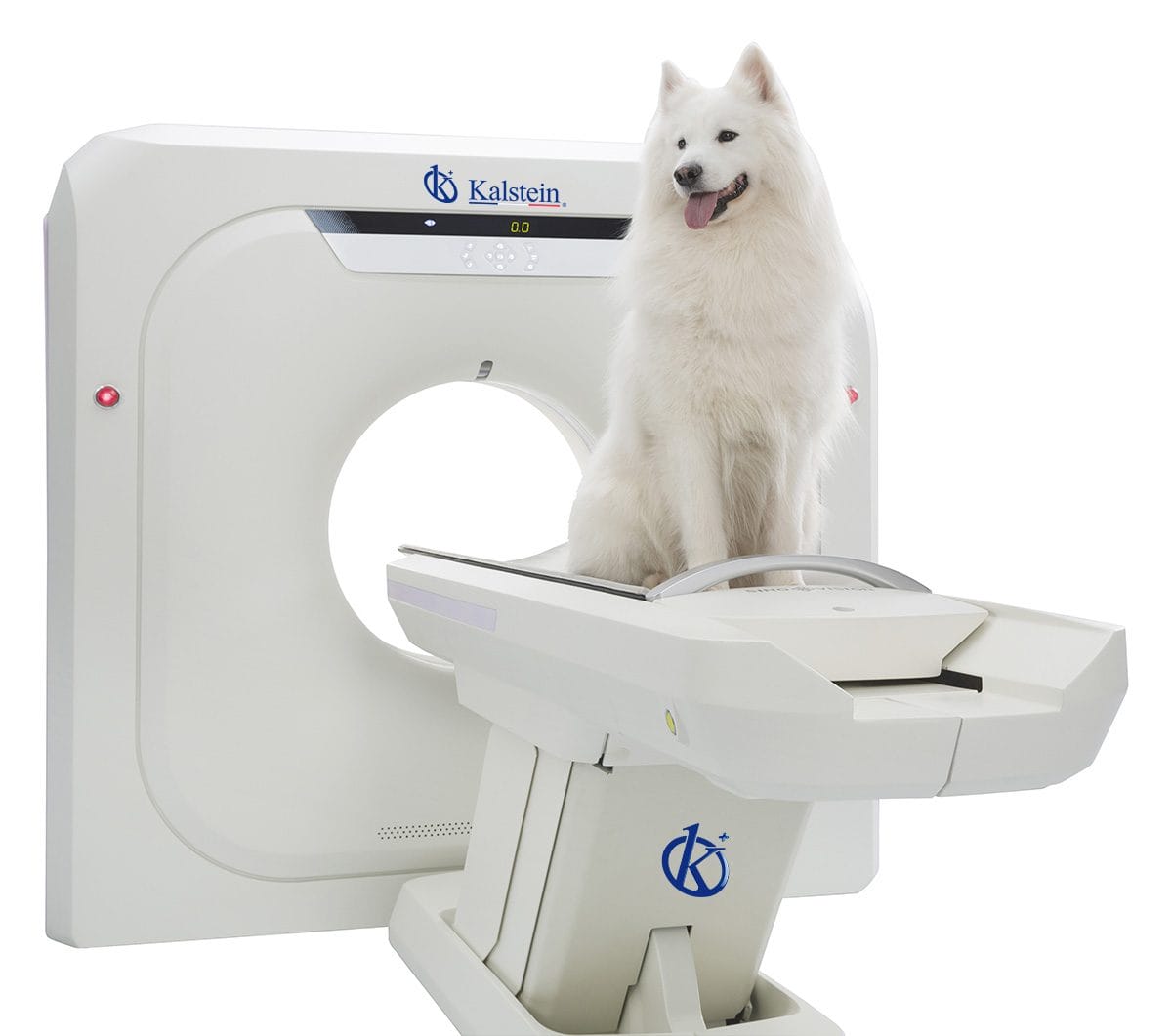Freeze-drying is a low-grade dehydrating process that is essential in the preservation of biological compounds, pharmaceuticals and foodstuffs. The process is performed through freeze-dryers, machines designed and optimized for this purpose. Freeze-drying technology is fascinating, allowing to preserve the integrity of fragile compounds and allowing their storage for long durations.
The use of freeze dryers in laboratories represents a leap forward in preservation and storage technology. Its implementation in multiple fields, from the pharmaceutical to the food industry, and its continuous technological evolution, mark freeze-drying as a crucial technology for the future of science and industry.
Scientific Process of Lyophilization
Freeze-drying is a three-step procedure.
The first is freezing, in which the sample is frozen at low temperatures until solidification is reached. This step is crucial for future reconstitution of the product.
The second stage is primary sublimation or initial dehydration. Here, the pressure is reduced and conductive heat is added so that the frozen water in the sample sublimes directly from solid to gas, without passing through the liquid state. Water vapor is collected and removed from the system to avoid its reabsorption by the product.
Finally, the third stage is the secondary desorption stage in which residual moisture is removed. This additional step ensures proper dehydration and prevents degradation after reconstitution.
Underlying Technology in Freeze Dryers
Lyophilizers are high-tech devices that ensure a proper and accurate lyophilization process. Some key components include:
– High-precision control systems: freeze dryers incorporate control systems to precisely adjust freeze drying conditions. The use of high-precision platinum thermocouples ensures accurate temperature control.
– Vacuum pumps: This technology prevents the formation of condensation and provides the necessary conditions for sublimation. High-capacity pumps are used to handle large volumes of steam.
– Refrigeration systems: They keep samples at temperatures below freezing point, essential in the first phase of freeze-drying.
– Thermal plates and radiant heat systems: These technologies provide uniform heat distribution to ensure an optimized dehydration process.
Freeze dryer manufacturers now integrate digital data recording technology, allowing real-time monitoring of freeze drying parameters, ensuring greater control and replicability in experiments.
Continuous Innovation in Freeze Drying Technology
Freeze-drying technology continues to evolve, seeking to improve efficiency, reduce processing time and maximize the quality of the final product. Advances such as real-time monitoring and product characterization, along with improvements in energy efficiency, are revolutionizing freeze drying in the scientific laboratory.
KALSTEIN simplifies the choices by offering the best offers and quotations. Visit us on our main website HERE where you will find the different designs and models that are available for any requirement, in addition to having the best advisors to accompany you during the maintenance and care of the equipment. We also assure you that our online sales channels are easy and viable, remember that we are a worldwide recognized manufacturer of laboratory equipment.




